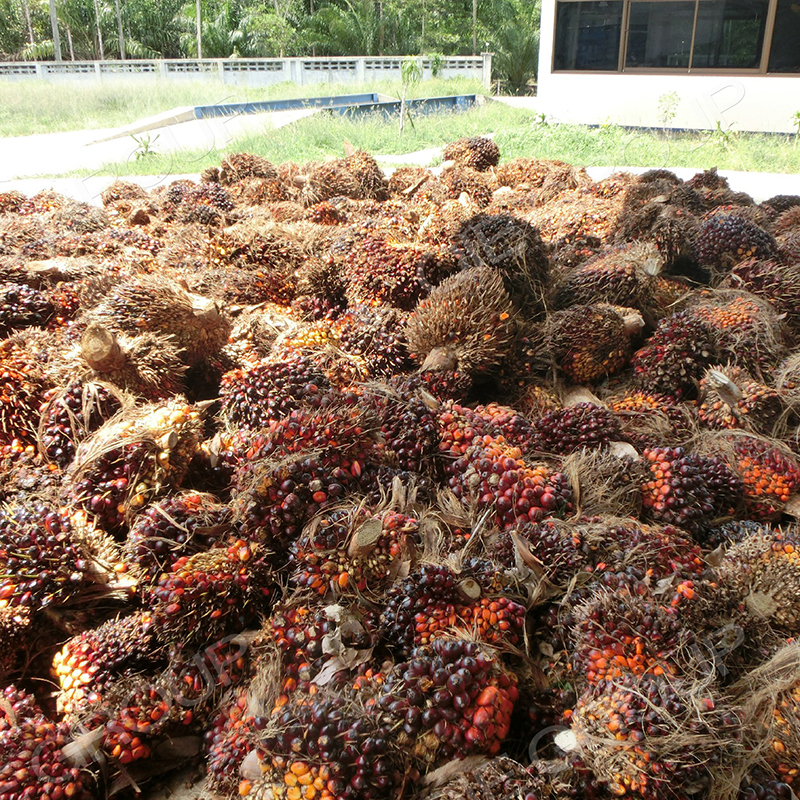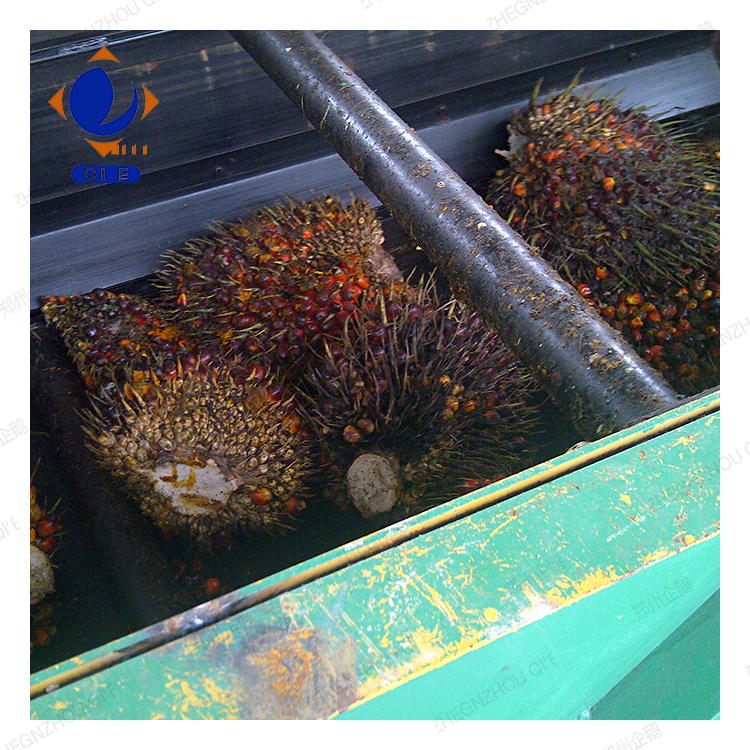How a Fully Enclosed Sesame Oil Production Line Prevents Cross-Contamination: Practical Hygiene Management Techniques
In today’s stringent food safety environment, small sesame oil producers often face quality risks from cross-contamination and microbial contamination. This article explores how Qiniang Group’s fully enclosed sesame oil production line effectively blocks contamination pathways through 304 stainless steel materials, precision sealing design, and automated CIP cleaning systems—ensuring hygienic processing from source to finish. With real-world case studies and actionable cleaning checklists, it provides practical guidance for food factories to build implementable hygiene standards, boost product safety, and strengthen brand trust.

How to Prevent Cross-Contamination in Sesame Oil Production? A Practical Guide for Small & Medium Factories
In today’s global food market, even minor contamination can lead to product recalls, customer complaints, or loss of certifications—especially for sesame oil producers. According to the FDA, over 40% of small food processors fail their hygiene audits due to poor cleaning practices, not lack of equipment.
The Hidden Risks You Might Be Overlooking
Many SMEs assume that basic sanitation is enough—but it's often not. Common issues include:
- Microbial growth from inadequate drying between batches (up to 70% of cases)
- Residue buildup in open pipelines leading to cross-contamination (reported in 3 out of 5 inspections by SQF auditors)
- Inconsistent cleaning schedules causing cumulative risk over time
If your factory has ever faced a rejected shipment or a buyer’s complaint about “off-taste” or “cloudy oil,” you’re likely dealing with preventable contamination—not just bad luck.
Why Closed Systems Work Better Than Open Ones
The key lies in physical isolation. At Qiqi Group, we’ve implemented a full closed-loop system using:
- Food-grade 304 stainless steel – Resists corrosion, chemical degradation, and microbial adhesion
- Precision-sealed joints – Eliminates crevices where bacteria hide (tested at 99.8% reduction in biofilm vs. traditional systems)
- Process zoning – Raw material handling, extraction, filtration, and packaging are separated to avoid cross-contact
| Cleaning Frequency |
Action Required |
Expected Outcome |
| Daily |
Visual check + wipe-down of accessible surfaces |
Prevents early-stage residue accumulation |
| Weekly |
CIP cycle (Clean-in-Place) on all contact surfaces |
Reduces microbial load by 95%+ per WHO standards |
| Monthly |
Deep inspection of seals, valves, and gaskets |
Avoids hidden leaks that cause long-term contamination |
Real-world results speak louder than theory. One client in Nigeria reduced microbiological failures from 12% to under 1% within 3 months after adopting this approach—and saw a 20% increase in repeat orders from EU buyers.
Your factory doesn’t need to be huge to be safe. It needs consistency, clarity, and the right tools.
Is Your Process Really as Clean as You Think?
Take our 2-minute quiz: Are you missing any of these critical steps?
- Do you clean equipment immediately after each batch?
- Are your staff trained on proper CIP procedures?
- Do you track cleaning logs digitally or manually?
Ready to Turn Hygiene into Competitive Advantage?
Your next step isn’t just compliance—it’s trust-building with international buyers who demand quality they can see and verify.
Download Our Free CIP Cleaning Checklist PDF



